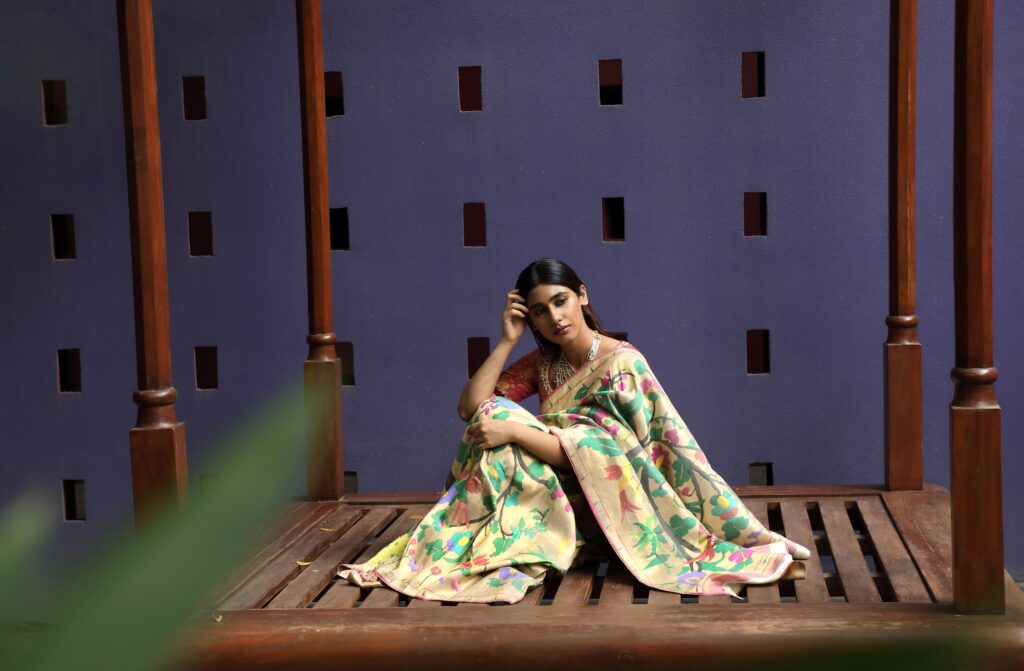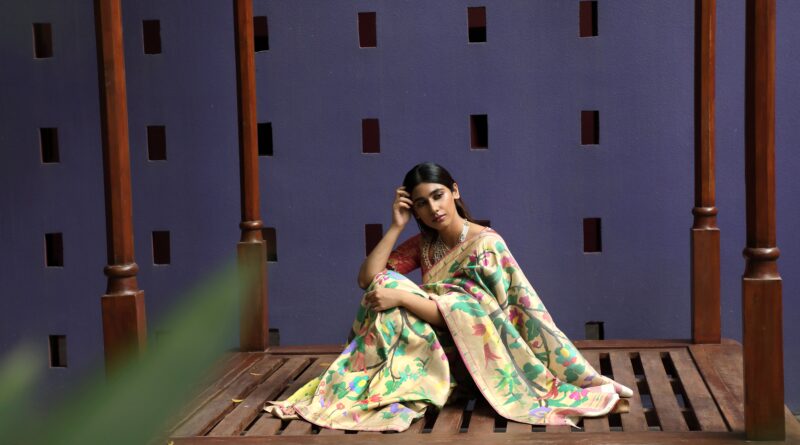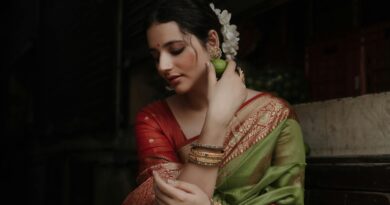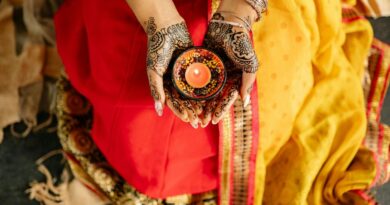Indian textiles that celebrate the marital bond
It’s Karva Chauth, the day wives in India fast for their husband’s well-being. While I find the idea a little regressive, for many, it’s a Bollywood-influenced sign of romance and marital bond. Remember, Raj, played by Shah Rukh Khan, and Simran, played by Kajol, from Dilwale Dulhania Le Jayenge and Nandini essayed by Aishwarya Rai and Sameer by Salman Khan in Hum Dil De Chuke Sanam? A whole generation of non-Punjabis who never celebrated the festival started after the release of these movies. Influenced by these, many husbands also fast along with their wives to show their love, which, I think is quite sweet.
But for me, I would rather wear these textiles that are a beautiful ode to marital bond, among many things, than fast.
Indian textiles are rich in symbolism and often reflect cultural, religious, and social aspects of life, including the bond between a husband and wife. Many textiles are imbued with designs, motifs, or patterns that celebrate marital love, fidelity, and the sacredness of the marital relationship. Here are some notable textiles that represent the bond of husband and wife through their paintings, stitches, designs, or narratives:
1. Paithani (Maharashtra)
Paithani sarees, from Maharashtra, are known for their intricate borders and pallu designs. The motifs in these sarees often depict peacocks, parrots, lotus flowers, and sometimes scenes from mythological stories. Peacocks are symbolic of beauty and eternal love, representing the unbreakable bond between husband and wife. Paithani sarees are often worn by brides and reflect prosperity and harmony in married life.

2. Phulkari (Punjab)
Phulkari is an embroidery technique from Punjab, often used in shawls and dupattas. Traditionally, it was created by women as part of their dowry or trousseau, symbolizing their future marital life. The motifs in Phulkari often include flowers, birds, and human figures, symbolizing love, prosperity, and the couple’s bond. Some Phulkari pieces specifically depict marriage scenes, the bride and groom, or themes of union, making it a representation of the couple’s journey together.

3. Kantha (West Bengal and Bangladesh)
Kantha embroidery involves simple running stitches on layers of old sarees or dhotis. In its traditional form, Kantha stitches were often made by women as a personal expression of their life experiences, emotions, and relationships. Marital themes like love, togetherness, and household life were frequently depicted through motifs like human figures, couples, flora, and fauna. The act of stitching Kantha itself often passed down through generations, was also a shared experience among women, celebrating family and marriage.

4. Bawan Buti (Uttar Pradesh)
Bawan Buti is a weaving technique used in the making of Banarasi sarees, characterized by intricate, small floral motifs all over the fabric. Some Banarasi sarees feature motifs of couples, parrots (symbolizing lovers), and lotus flowers, which are symbols of fertility and marital love. The Banarasi saree itself is often a key part of a bride’s wedding trousseau, symbolizing the start of her journey into married life.
5. Chamba Rumal (Himachal Pradesh)
The Chamba Rumal is an embroidered handkerchief or coverlet from Himachal Pradesh, often used during weddings or rituals. The intricate embroidery depicts stories from Hindu mythology, including scenes from the Ramayana or Mahabharata, which often center around the bond between husband and wife. These embroidered pieces are symbolic of harmony, devotion, and the importance of the marital relationship.



